Results » History » Version 16
« Previous -
Version 16/21
(diff) -
Next » -
Current version
Gimenez Silva, Adriana, 12/15/2015 09:32 AM
6. Results¶
When the communication between the USRPs was established, the transmitted constellation below was obtained.
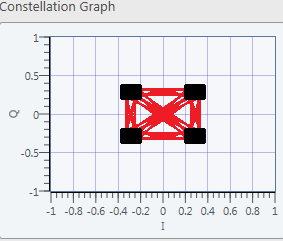
Figure 6.1 Transmitted Constellation
Using the reshape function in LabVIEW, the symbol rate of 62500 symbols/sec is multiplied by the number of samples per symbol, since the demodulator dunction assumes that this would be the sample rate of the input waveform. The received constellation is shown below. The BER in this case is, evidently, 0.
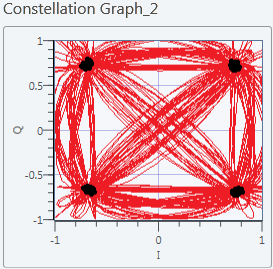
Figure 6.2 Received Constellation without AWGN
The constellation on Figure 6.3 was obtained when adding AWGN, for a target Eb/N0 (received Eb/N0) of 5.The constellation will vary as the values of Eb/N0 vary, making it either noisier, or making it resemble a noiseless channel.
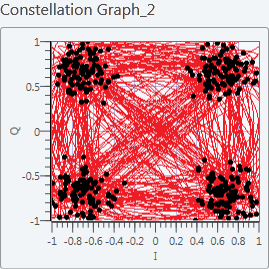
Figure 6.3 Noisy Constellation
With AWGN, the BER is calculated, then compared to the theoretical one, obtaining a BER vs Eb/N0 graph like the one depicted below in Figure 6.4. It can be seen that the simulated BER follows, as expected, the same behavior as the theoretical BER, validating simulated results
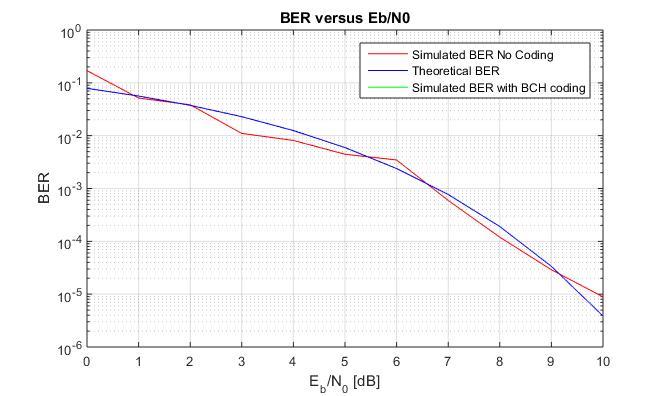
Figure 6.4 BER vs Eb/No without coding
The BER is also calculated for a the BCH code or a rate of (roughly) 1/2, and compared to the simulated BER without coding. It can be observed from the graph below, that BCH greatly improves the BER. In this case, there is a gain of 3dB for a BER=10−5
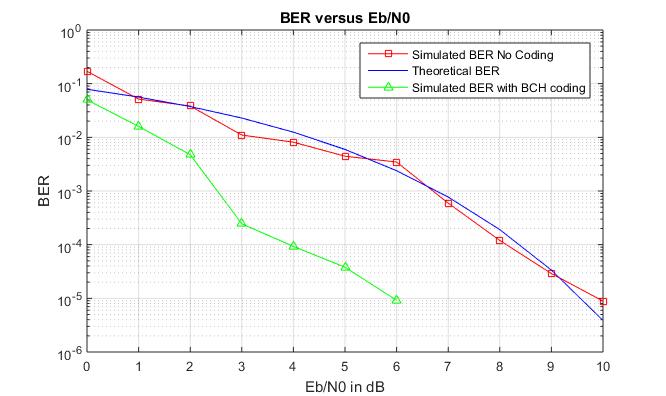
Figure 6.5 BER vs Eb/No with BCH coding
